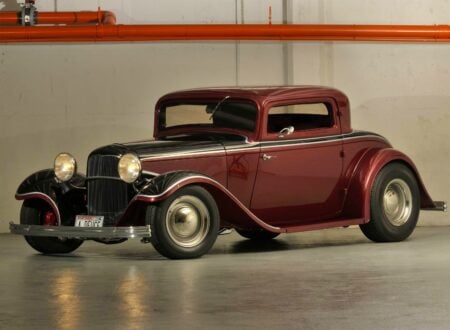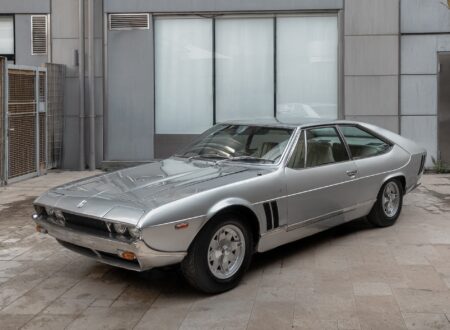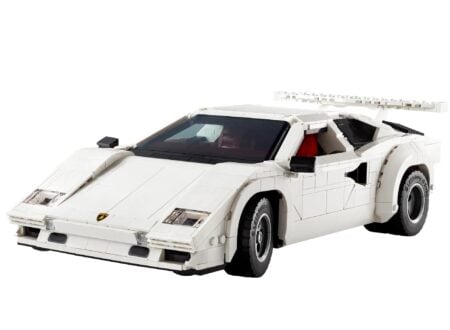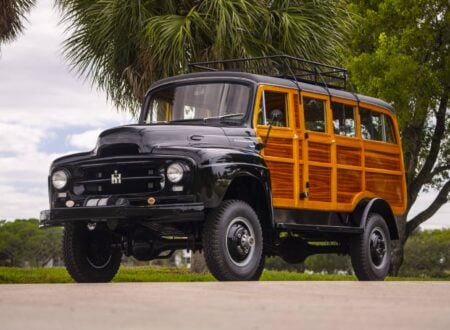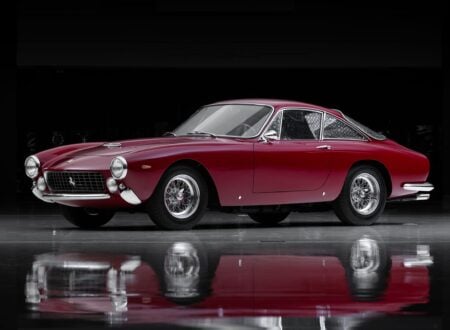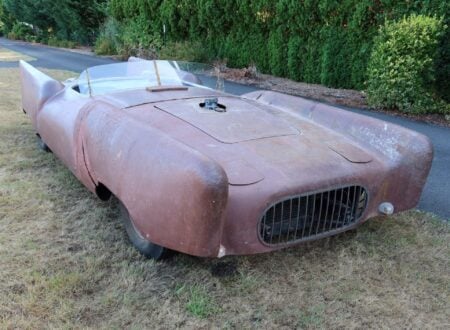The Aston Martin DB6 was produced in higher numbers than its forebear the DB5, and it would be the last in the original series of DB cars until the arrival of the DB7 in 1994. The DB6 was by far the most refined of the early DB models, offering more interior space and adequate headroom for both front and rear passengers.
The Development of the Aston Martin DB6
Touring of Milan had designed both the DB4 and DB5, but when they submitted their proposal for the DB6 it was rejected by Aston Martin. Instead the development was undertaken in-house as an upgrade to the existing DB5. The new car required a lengthened version of the DB5 platform, its wheelbase was increased by 95mm, and the roofline was heightened which required a slightly steeper angle to the windshield.
One of the largest issues with the Aston Martin DB5 was the propensity for the tail-end to experience aerodynamic lift at high speeds. It was capable of over 140mph, but its roofline began to lighten the back of the car at speeds over 110mph. Although aerodynamics was far from an exact science in the mid-1960s, it was understood that an upturned spoiler on the back of the car would help reduce lift, resulting in a far more stable car at autobahn speeds.
The engine used was the same Tadek Marek designed DOHC straight-6 with a head and block made from a high-strength, high-temperature aluminium alloy called Hiduminium (sometimes referred to as R.R. alloy). Hiduminium was developed by Rolls-Royce before the Second World War, it had the advantage of maintaining its strength at high-temperatures, and is made from a combination of aluminium, copper, iron, nickel, magnesium, silicon, and titanium.
The engine had the same capacity as had been used in the DB5 – 3995cc. Power is 282 hp in standard trim, and 325 hp in optional Vantage trim with a higher compression ratio and triple Weber carburettors in place of the original triple SUs. All DB6s came with the ZF 5-speed transmission as standard, but a no-cost optional BorgWarner three-speed automatic was available.
Over the course of its production, DB6s were ordered by Prince Charles, Paul McCartney, Mick Jagger, Twiggy, and Peter Sellers. The Prince’s car was a gift to him from the Queen on his 21st birthday, and he’s since had his DB6 Volante modified to run on bioethanol.
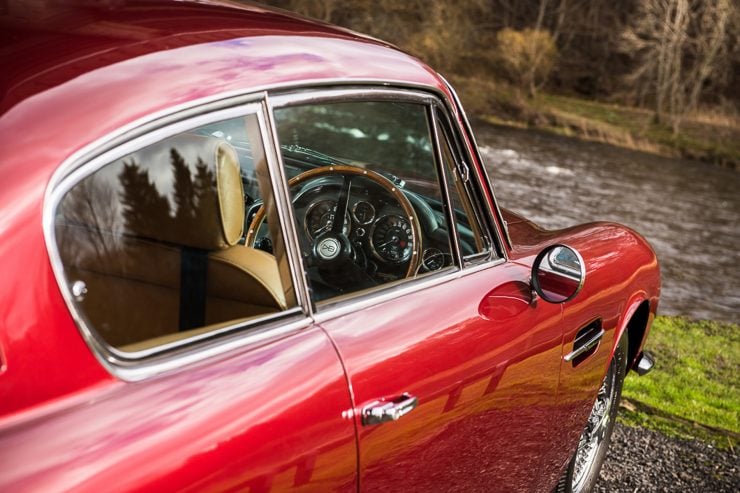
The Aston Martin DB6 Vantage
The most desirable version of the DB6 is the Vantage specification example, with the triple side draft Weber 45DCOE carburettors and a higher compression ratio. The Vantage also had flared wheel arches, slightly wider wheels and tires, and the option to order it with AE Brico electronic fuel-injection.
The DB6 Vantage MKII Shown Here
This 1971 Vantage MKII is a matching numbers example that was ordered by a client in the UK before eventually finding its way to Australia. It came back to Britain in 1988 and has been fastidiously maintained ever since, including a respray in its original Dubonnet Rosso.
It currently belongs to John Cleland, British Touring Car champion in 1989 and 1995, and now a commentator and television personality. The factory only built 34 MKII DB6 Vantage saloons, and this one has its original ZF 5-speed manual still in place, as well as air conditioning – making it the best possible specification for use as a tourer.
It’s due to sell via Silverstone Auctions on the 13th of May with an estimated value of between £325,000 to £375,000. If you’d like to read more about the car or register to bid, you can click here to view the listing.
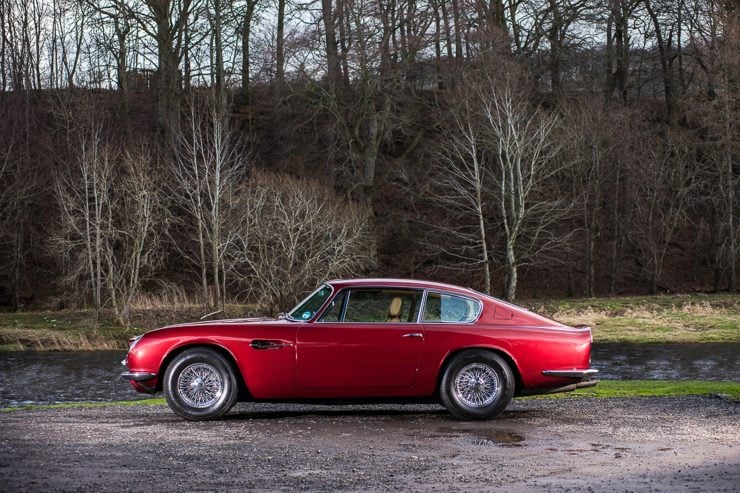
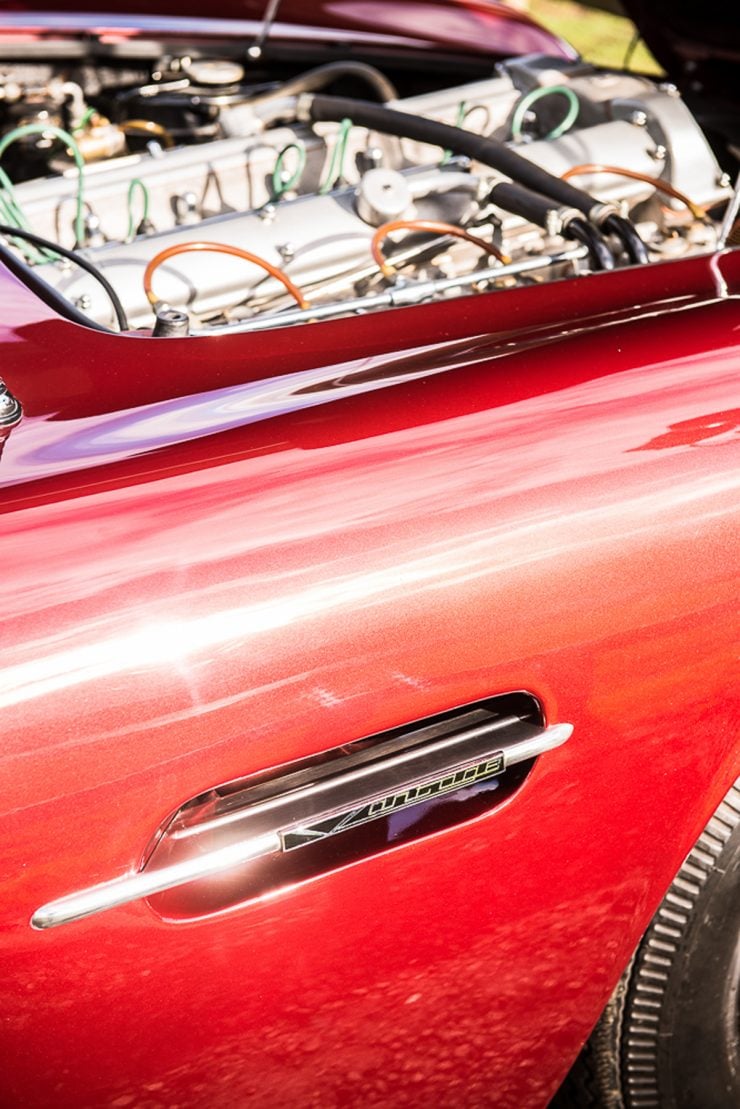
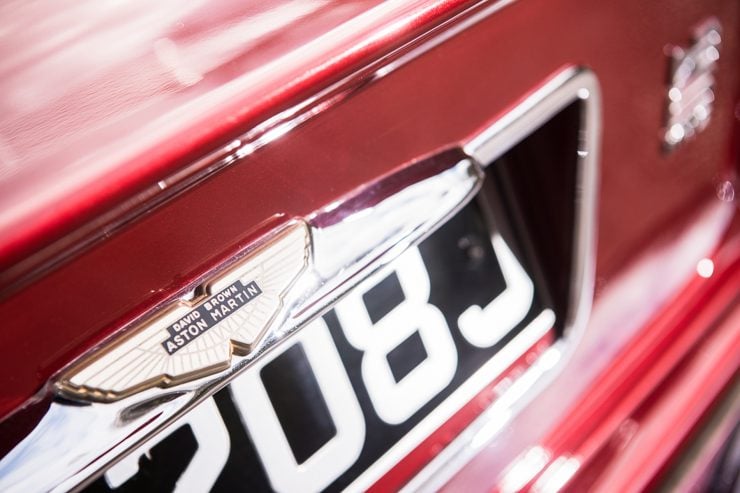
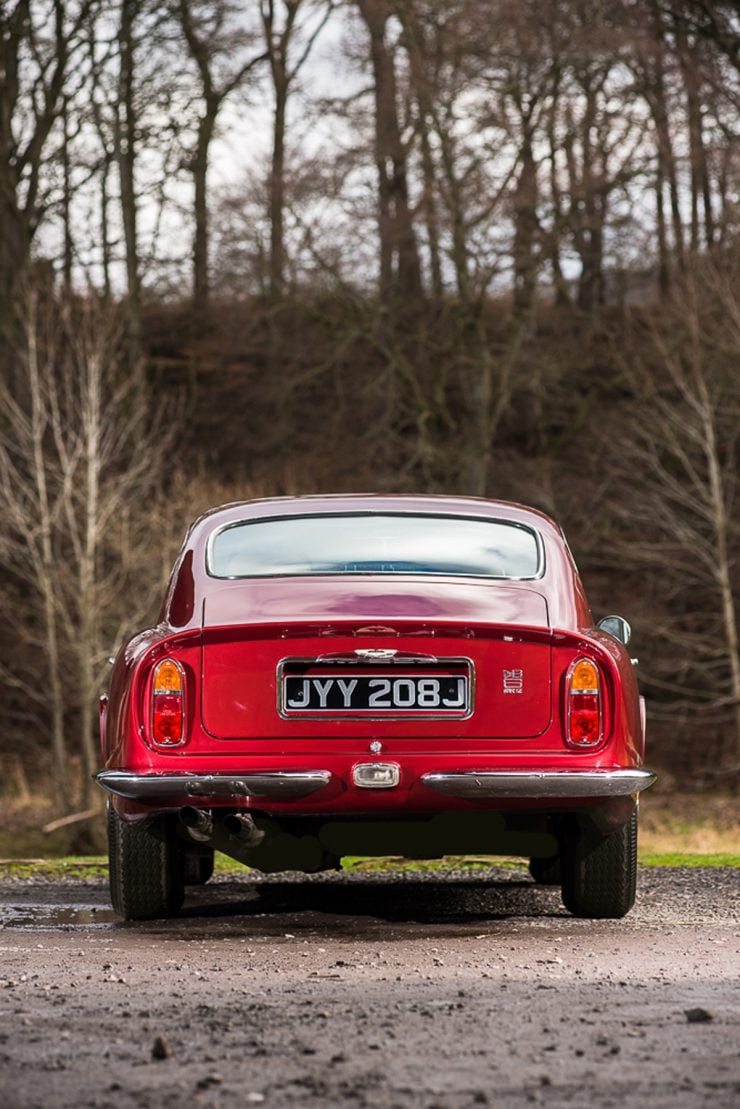
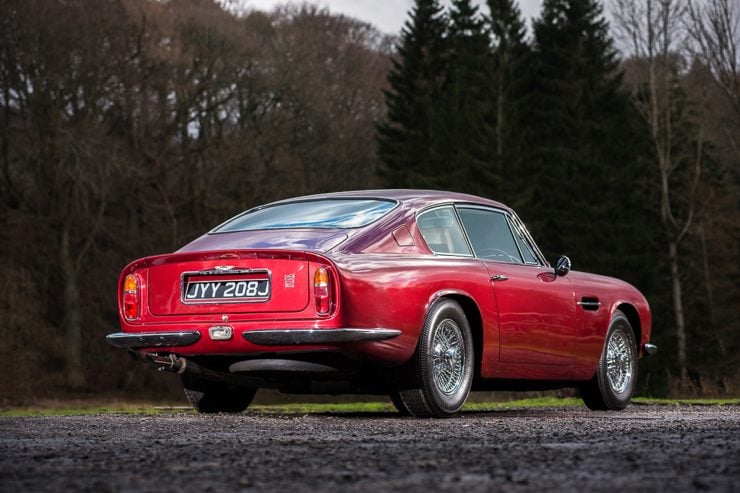
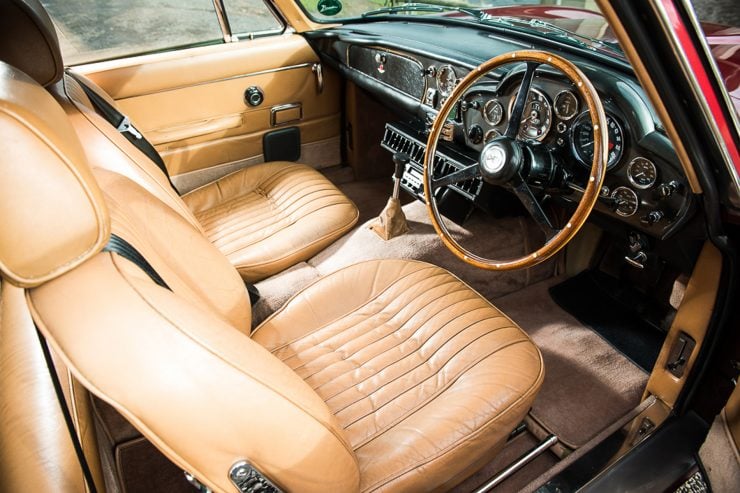
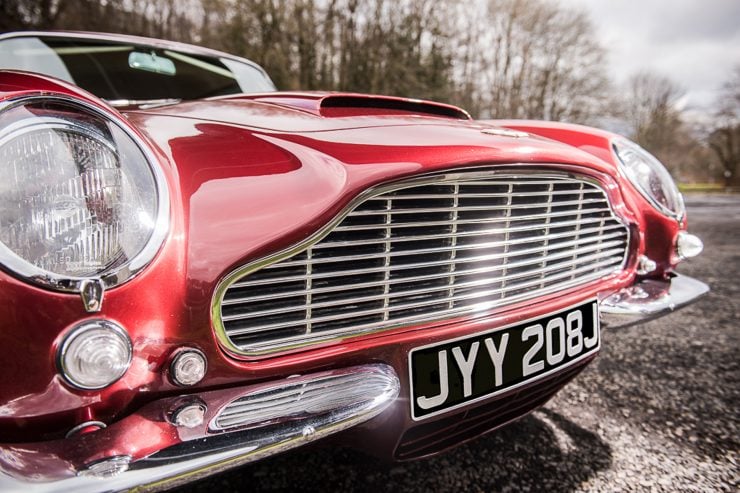
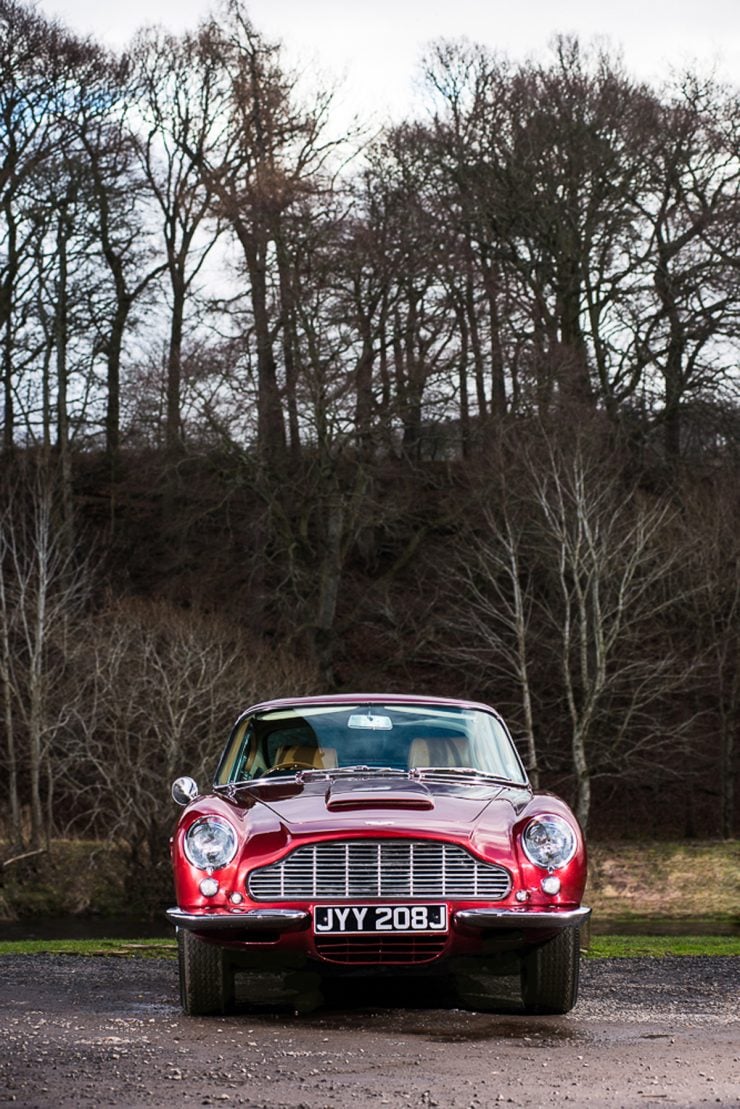
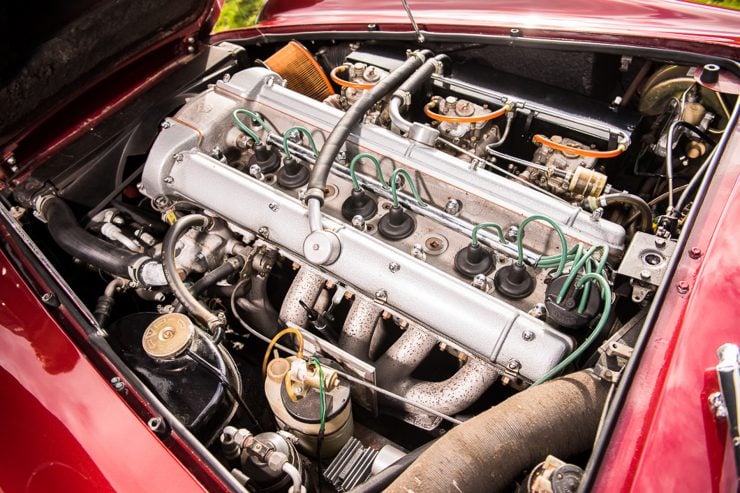
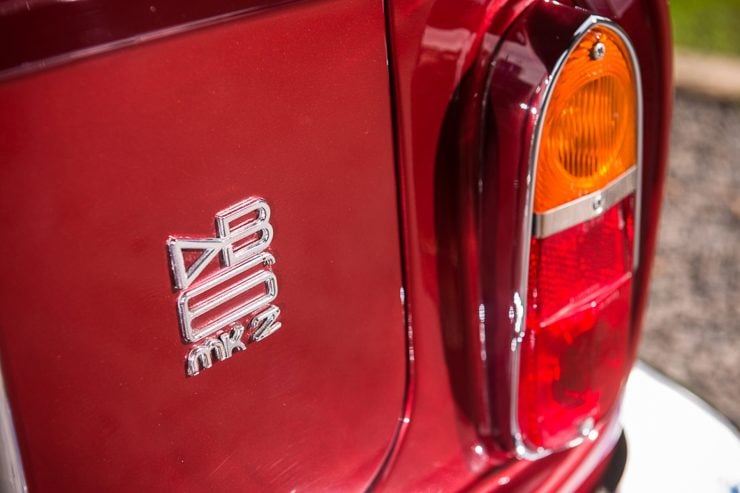
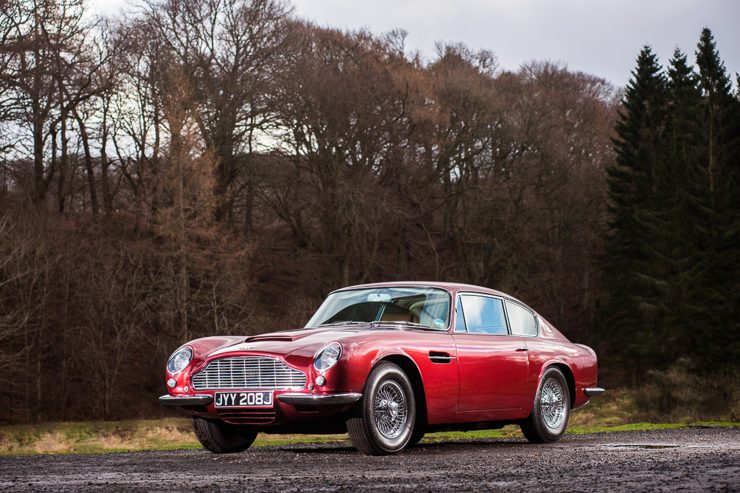

Articles that Ben has written have been covered on CNN, Popular Mechanics, Smithsonian Magazine, Road & Track Magazine, the official Pinterest blog, the official eBay Motors blog, BuzzFeed, Autoweek Magazine, Wired Magazine, Autoblog, Gear Patrol, Jalopnik, The Verge, and many more.
Silodrome was founded by Ben back in 2010, in the years since the site has grown to become a world leader in the alternative and vintage motoring sector, with well over a million monthly readers from around the world and many hundreds of thousands of followers on social media.


